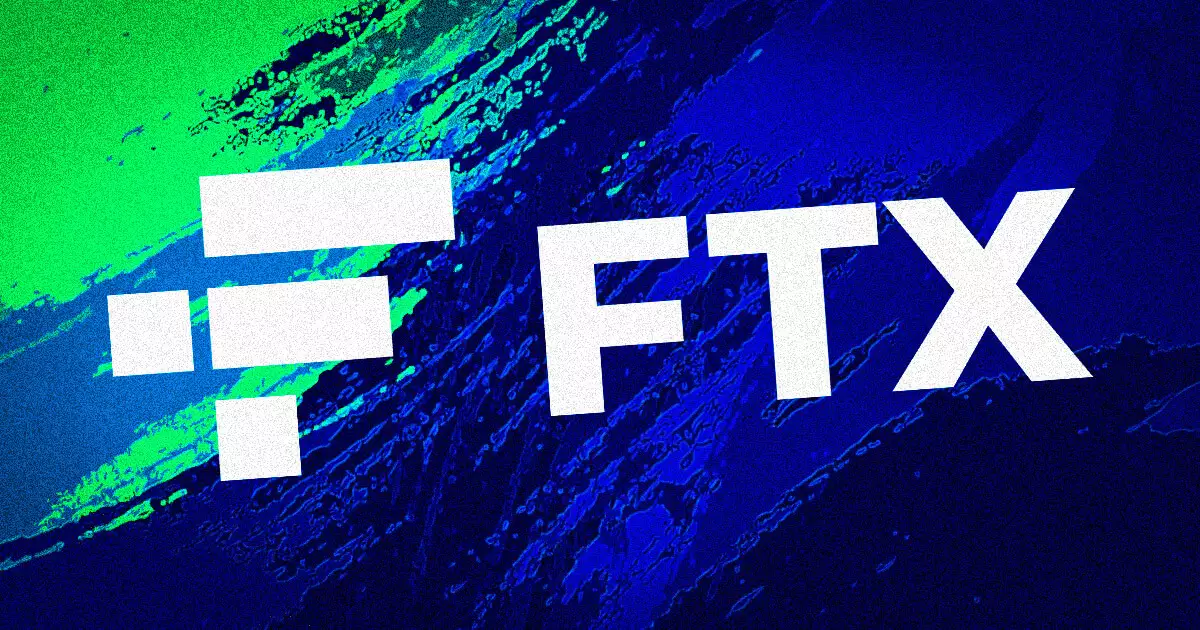In a surprising development, on-chain data has revealed that a cold wallet owned by the collapsed cryptocurrency exchange FTX has moved close to $10 million worth of altcoins from Solana to Ethereum since August 31st. The exact reasons behind these transfers remain undisclosed, leaving the crypto community puzzled. Notably, the altcoins transferred include popular tokens like LINK, SUSHI, LUNA, and YFI. These transfers were facilitated through the Wormhole Bridge, leaving observers questioning whether they are connected to FTX’s ongoing bankruptcy proceedings or the exchange’s recent request to hire Galaxy Digital to sell its cryptocurrency holdings for fiat.
In an attempt to manage its financial crisis, FTX recently filed a request with the bankruptcy court seeking permission to engage Galaxy Digital Capital Management as its investment manager for certain digital assets. This proposed agreement would involve Galaxy managing, trading, and converting FTX’s assets into fiat currency or stablecoins, while also hedging the exchange’s exposure to volatile cryptocurrencies. In return, Galaxy would receive a monthly fiduciary fee. FTX justified its choice of Galaxy by citing the firm’s expertise in selling large cryptocurrency positions without impacting the market. The engagement with Galaxy would help FTX monetize its cryptocurrency holdings and support its restructuring efforts.
Despite its efforts to address its financial woes, FTX has faced criticism from creditors regarding the slow pace of its bankruptcy plan negotiations. During the most recent bankruptcy hearing on August 23rd, FTX’s attorney, Brian Glueckstein, opposed calls for expedited mediation, stating that the process is expected to conclude in the second quarter of 2024. This delay has caused tensions to rise, particularly concerning FTX’s attempts to find a buyer for its international exchange, FTX.com. Creditors have expressed frustration over the lack of information shared about incoming bids, as well as the high costs incurred by FTX due to attorneys’ fees, which amount to $50 million per month.
In an effort to improve creditors’ recovery, FTX has filed a separate motion to establish guidelines for managing and selling its digital assets, specifically focusing on Bitcoin and Ethereum. Additionally, the exchange seeks to enter into hedging arrangements on eligible cryptocurrencies. FTX intends to increase the recovery of creditors through lawsuits against its founder, Sam Bankman-Fried, investment firm K5, and the founders of FTX acquisition targets. These legal actions are central to FTX’s plan to repay customers through asset liquidation and litigation against insiders, as outlined in the draft plan proposed on July 31st.
Despite the ongoing bankruptcy proceedings and the recent mysterious transfers of altcoins, FTX remains determined to navigate the challenging terrain it currently finds itself in. The engagement with Galaxy Digital represents a significant step towards addressing its financial crisis and monetizing its significant cryptocurrency holdings. However, criticism from creditors and the slow pace of the bankruptcy plan negotiations continue to cast a shadow over FTX’s prospects for recovery. As the exchange moves forward, the outcome of these proceedings and the impact on FTX’s position in the crypto market are yet to be determined.

